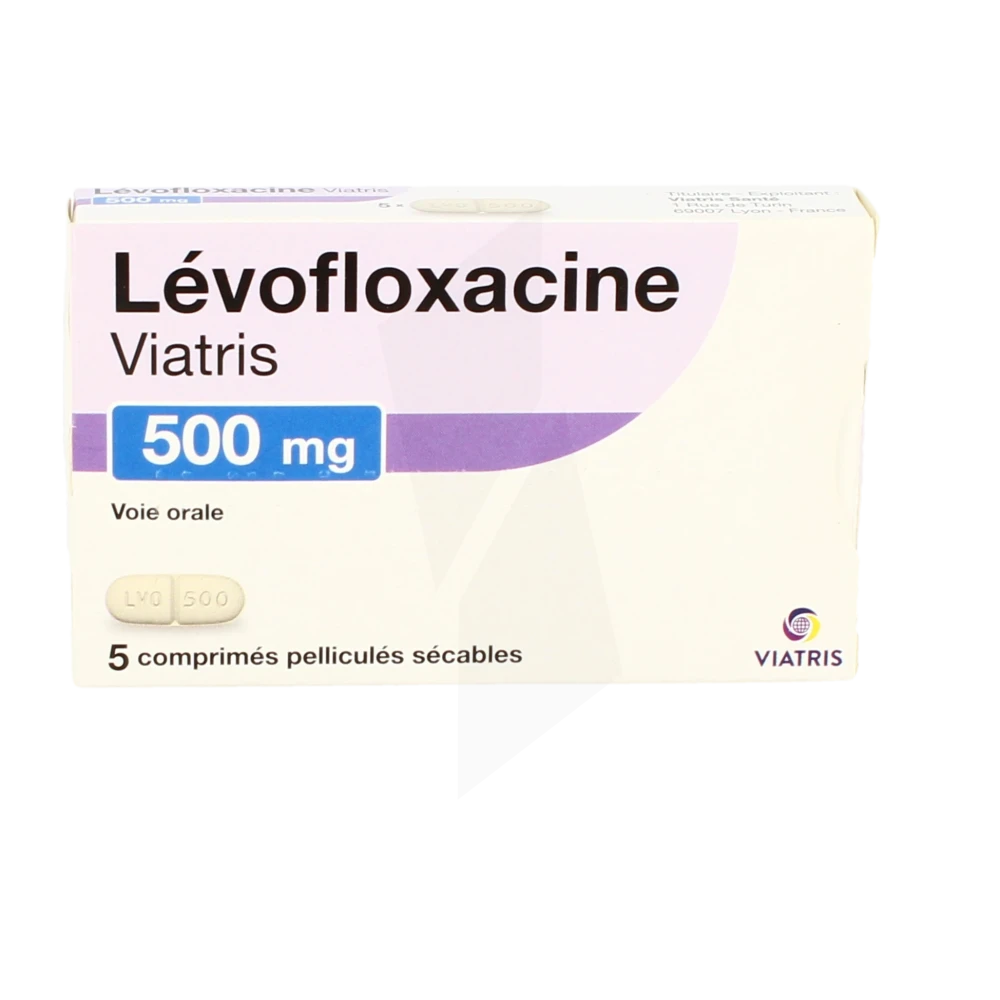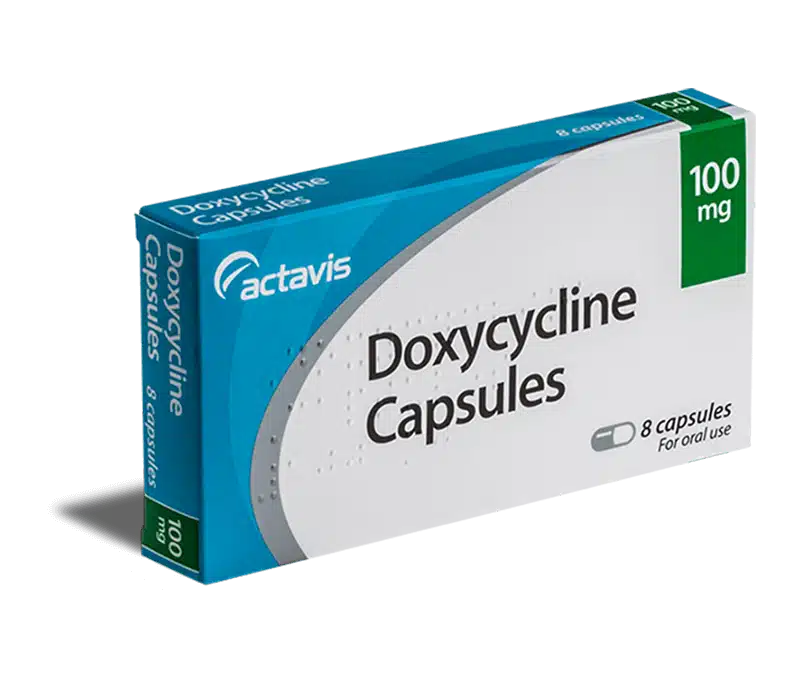The innovative collaboration between Tempus and Verastem Oncology redefines the landscape of oncology diagnostics. By combining Tempus’s expertise in next-generation sequencing with Verastem’s targeted therapies, this alliance opens new perspectives for patients with ovarian cancer.
With Tempus’s xT CDx assay, approved by the FDA in 2023, physicians can now accurately detect specific genetic variants in 648 genes. This advancement allows for determining the KRAS status in patients suffering from recurrent low-grade serous ovarian cancer (LGSOC), thereby facilitating the personalization of treatments. Verastem’s clinical trial results show an overall response rate of 44% in KRAS mutant patients compared to 17% in those with wild-type. Dr. John Hayslip emphasizes the importance of this collaboration in developing effective targeted therapies to meet the specific needs of patients. With this new accelerated approval, Tempus and Verastem reaffirm their commitment to improving available therapeutic options and providing innovative solutions to combat ovarian cancer.
What does the partnership between Tempus and Verastem mean for companion diagnostics
The strategic partnership between Tempus and Verastem Oncology marks a significant advancement in the development of companion diagnostics for the treatment of recurrent low-grade serous ovarian cancer with KRAS mutation (LGSOC). This collaboration aims to integrate Tempus’s xT CDx assay, an in vitro diagnostic based on next-generation sequencing (NGS), into Verastem’s treatment protocols, thus offering a more personalized and effective approach for patients with LGSOC.
Receiving FDA approval in 2023, Tempus’s xT CDx assay is designed to detect single nucleotide variant (SNV) and multiple nucleotide variant (MNV) substitutions, as well as insertion and deletion alterations (INDEL) in 648 genes. This capability allows for accurate identification of the genetic alterations responsible for cancer, thereby facilitating the selection of the most appropriate therapies. The use of this diagnostic within the collaboration with Verastem will allow patient stratification based on their KRAS status, thereby optimizing clinical outcomes.
How does Tempus’s xT CDx assay enhance Verastem’s clinical trials
The integration of the xT CDx assay into Verastem’s clinical trials, particularly in the Phase III RAMP-301 study (NCT06072781), represents a crucial step in evaluating the efficacy of the combined treatment of avutometinib and defactinib in patients with recurrent LGSOC with KRAS mutation. By prospectively assessing the KRAS status of patients, the diagnostic enables the grouping of participants into two distinct cohorts: those with a KRAS mutation and those with wild-type. This stratification ensures a more targeted and robust analysis of the primary and secondary endpoints of the study.
Preliminary results from the Phase II RAMP-201 study showed an overall response rate (ORR) of 44% in patients with KRAS mutations, compared to 17% in those with wild-type. These figures highlight the importance of KRAS mutation as a predictive biomarker for treatment response, thus justifying the use of the xT CDx assay to optimize treatment protocols. According to Dr. John Hayslip, Chief Medical Officer at Verastem, “Collaborating with Tempus to assess KRAS mutation status using the xT assay has been a key element of the RAMP-201 clinical trial.”
What are the benefits for patients with LGSOC due to this collaboration
Patients with recurrent low-grade serous ovarian cancer who have a KRAS mutation directly benefit from this collaboration. The accelerated approval by the FDA of the combined treatment of avutometinib and defactinib is based on promising Phase II results, which demonstrated increased efficacy in patients with KRAS mutation. This new therapeutic option provides a significant alternative to traditional treatments, which are often limited in effectiveness for this specific type of cancer.
The companion diagnostic developed through this partnership allows for greater personalization of treatments, ensuring that patients receive therapies tailored to their specific genetic profiles. Professor Susana Banerjee, a consulting medical oncologist at the Royal Marsden NHS Foundation Trust, stated at the 2024 annual meeting of the International Gynaecologic Cancer Society (IGCS) that the observed response rate is “significant” and that this therapy could become the new standard of care for the treatment of recurrent LGSOC.
How does this innovation influence the future of oncological treatments
The innovation brought by the partnership between Tempus and Verastem paves the way for a new era of oncological treatments based on precise and personalized diagnostics. By utilizing advanced technologies such as next-generation sequencing, it becomes possible to detect specific genetic alterations that can be targeted by innovative therapies. This approach not only improves response rates to treatments but also reduces side effects by avoiding ineffective therapies for certain patients.
Moreover, this collaboration demonstrates the importance of public-private partnerships in the development of advanced medical solutions. By combining Tempus’s expertise in diagnostics with Verastem’s drug development experience, the two companies can accelerate the market introduction of effective treatments that are well-suited to patient needs. This synergy is essential to addressing the complex challenges posed by rare and difficult-to-treat cancers.
What are the challenges and next steps for this partnership
Like any medical innovation, the development of companion diagnostics and personalized treatments poses challenges. One of the main challenges is the ongoing validation of diagnostics through rigorous clinical trials to ensure their reliability and effectiveness. Tempus and Verastem must ensure that the xT CDx assay remains accurate and relevant in a constantly evolving genomic landscape.
The next steps include expanding clinical trials to include more participants, which will strengthen the evidence for the efficacy of the combined treatment. Additionally, the focus will be on integrating these diagnostics into standard clinical practices, thereby facilitating access to personalized treatments for a larger number of patients. Ongoing collaboration with research institutions and regulators like the FDA will be essential to navigate the approval processes and ensure the successful implementation of these innovations.
What impact does this collaboration have on the medical community and healthcare professionals
The collaboration between Tempus and Verastem has a profound impact on the medical community by providing advanced tools that enhance the accuracy of diagnostics and the effectiveness of treatments. For healthcare professionals, having a reliable companion diagnostic means being able to offer more targeted and personalized therapies, which not only improves patient outcomes but also enhances physician satisfaction by witnessing tangible improvements in their patients.
Furthermore, this collaboration encourages the adoption of cutting-edge technologies in cancer diagnosis and treatment, prompting other companies and research institutes to invest in similar solutions. This creates a positive ripple effect in the healthcare sector, where innovation becomes a key driver for improving patient care and pushing the boundaries of what is possible in the treatment of difficult cancers.
Future perspectives for personalized diagnostics
As technology advances, personalized diagnostics will become increasingly integrated into standard healthcare. The example of the partnership between Tempus and Verastem illustrates how companion diagnostics can transform oncological treatments by making them more effective and better suited to the individual genetic profiles of patients. This trend is likely to continue, with an increase in collaborations between technology and pharmaceutical companies to develop even more sophisticated and personalized solutions.
The future of personalized diagnostics rests on continuous innovation and interdisciplinary collaboration. By combining the strengths of various stakeholders in the healthcare sector, it becomes possible to develop treatments that are not only reactive but also proactive, anticipating patient needs before significant symptoms appear. This could lead to reduced mortality rates and substantial improvements in the quality of life for patients with complex cancers such as LGSOC.
The collaboration between Tempus and Verastem Oncology marks a significant step in the development of companion diagnostics for the treatment of recurrent low-grade serous ovarian cancer (LGSOC) with KRAS mutation. Thanks to Tempus’s xT CDx assay, validated by the FDA in 2023, this alliance aims to optimize the detection of KRAS mutations, which is essential for guiding targeted therapies.
The expansion of this partnership enhances Tempus’s capabilities in next-generation sequencing (NGS), providing accurate analysis of genetic variants in 648 genes. This technology is crucial for identifying patients eligible for the combined therapeutic approach of Avutometinib and Defactinib from Verastem, currently evaluated in Phase II and III clinical trials (RAMP-201 and RAMP-301).
Promising results from the RAMP-201 trial, with an overall response rate of 44% in patients with KRAS mutations, highlight the importance of this collaborative effort. According to Professor Susana Banerjee, this data reinforces the potential of this new therapy to become a standard of care, providing an effective alternative where treatment options were limited.
The development of a robust companion diagnostic is a key element in personalizing treatments and improving patient outcomes. By integrating the xT assay into clinical trials, Verastem is committed to providing therapeutic solutions based on precise genomic profiles, aligned with the regulatory requirements of the FDA.
This exemplary partnership between Tempus and Verastem illustrates the necessary synergy between advanced diagnostic technologies and therapeutic innovations to combat complex cancers. By continuing this collaboration, the two companies actively contribute to the evolution of medical practices and the improvement of quality of life for patients with KRAS-mutated LGSOC.









